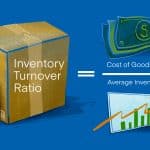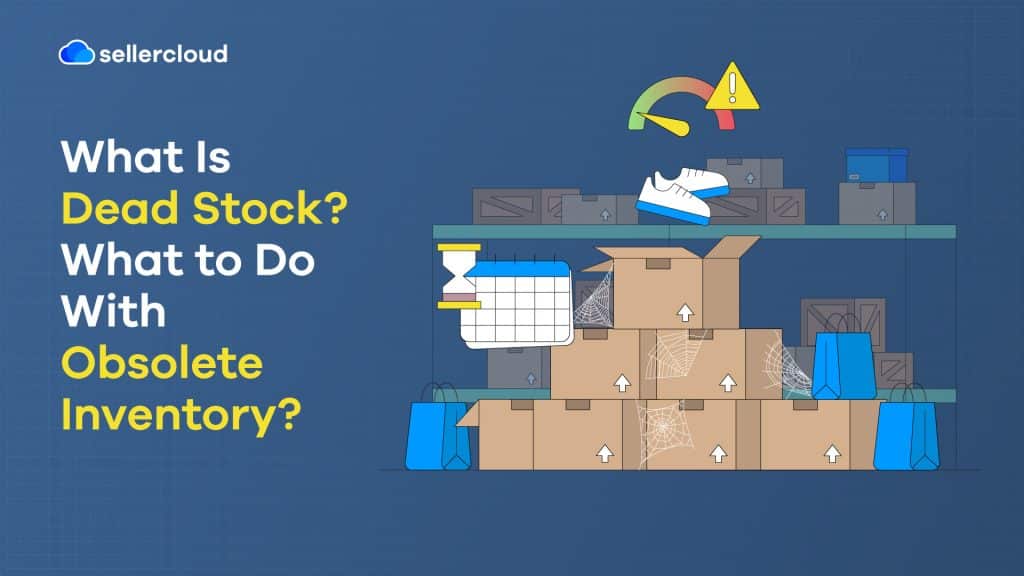
- Dead stock is a common expense among merchants. By not taking measures to prevent dead stock, it can become a major roadblock to revenue and growth.
- Descartes Sellercloud’s inventory aging report helps merchants monitor how long it takes for products to sell and take action on reducing these products.
How long should stock take up space in your inventory before it becomes problematic? When do you consider it a problem? Do you wait until it’s all dusty? Or do you take proactive steps to ensure it’s reduced? Dead stock is a more common problem than you might think. According to an article by Manufacturing.net, most companies hold between 20% and 30% dead stock (even in well-run companies).
In this article, we’ll explain what dead stock is, how it impacts merchants, and how to reduce it in your warehouse and minimize the risks associated with it.
What Does ‘Dead Stock’ Mean in Simple Terms?
‘Dead stock’ or ‘deadstock’ can also be known as ‘obsolete stock,’ ‘dead inventory,’ or ‘obsolete inventory.’ In simple terms, products become dead stock when demand hits rock bottom, and no one buys them from you anymore.
Often, this happens due to the age of the products. They can become obsolete because they are no longer fashionable or have become technology-defunct. For example, almost no one buys DVD players anymore as streaming has made DVDs irrelevant. The same thing happened to CDs, cassettes, and floppy disks.
What Are the Causes of Dead Stock?
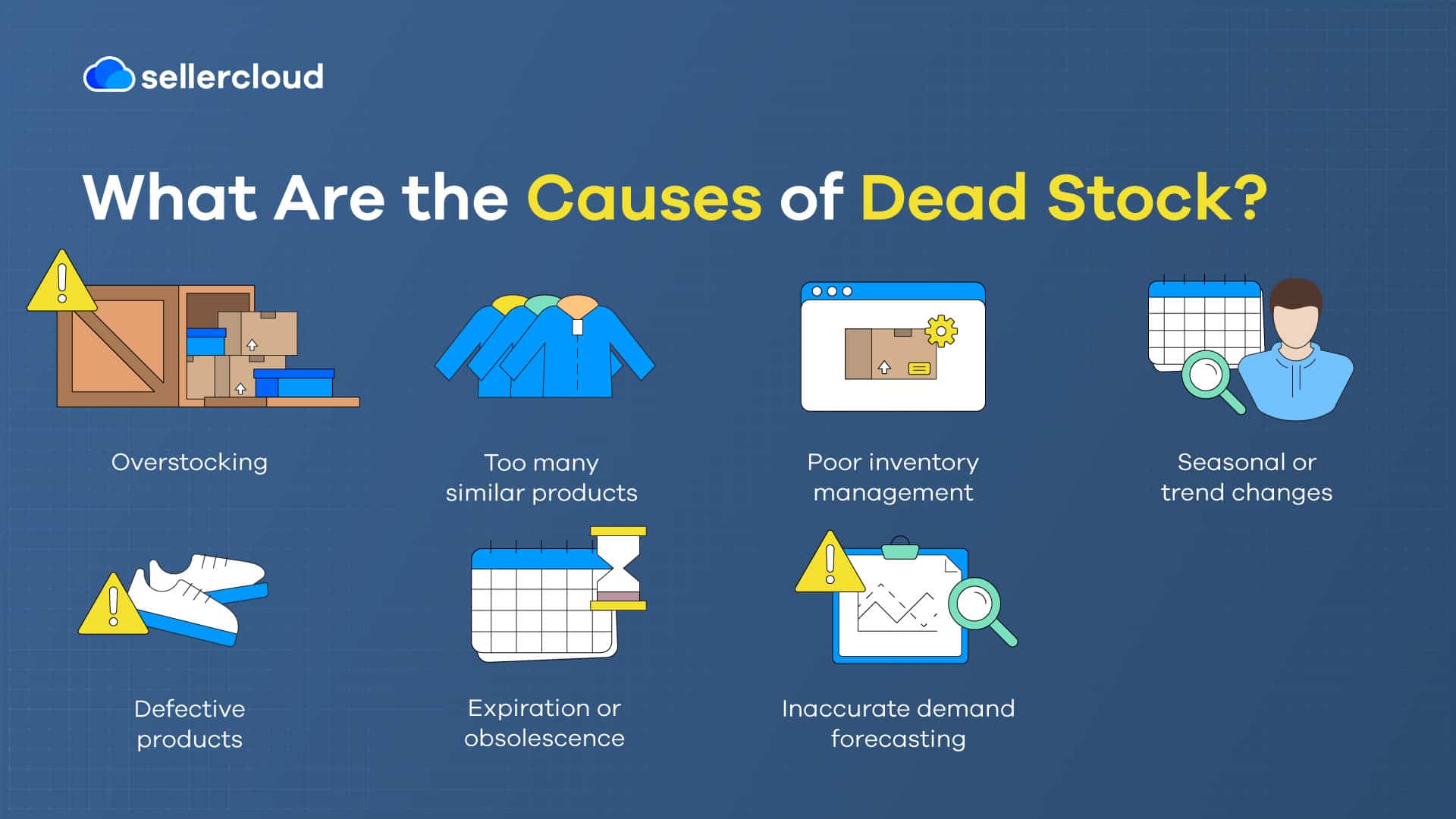
Many things can cause dead stock. Here are several of the most common causes:
- Overstocking—Having more stock than you need is a common cause of dead stock. When demand peters out, your business is left with excess inventory that customers are no longer interested in.
- Too many similar products—Offering too many similar products can lead customers to buy the most popular and leave lesser popular products to build up in your inventory.
- Poor inventory management—Errors in handling and mismanaging inventory can lead to inefficient inventory turnover and leave you with dead stock.
- Seasonal or trend changes—Having stock left over from seasonal sales or products related to ended fads can leave you with dead stock.
- Defective products—Stock with known problems can be hard to sell and become dead stock.
- Expiration or obsolescence—Products have reached their shelf life, and customers are no longer interested in them, or they have become irrelevant.
- Inaccurate demand forecasting—Companies can inaccurately forecast demand if they use the wrong data and end up with far more stock than they need.
Many of these reasons are related to inventory management. If you want to learn more about inventory management, check out our guide.
Why Is Dead Stock Bad for Business?
Dead stock can become a nightmare when unmonitored and left to build up. The biggest problem dead stock causes is that it takes up space better used by inventory people want to buy, products that will move in and out of the warehouse faster, and generate revenue. Plus, it inflates your holding costs.
Generally, when inventory moves in and out of the warehouse at a balanced rate, it’s a good sign that business is going well.
What Are the Risks of Dead Stock?
As stock ages, it is more likely to break or incur other problems when sold, which could mean increased returns, and so the closer your inventory gets to ‘dead stock,’ the more risks there are. Dead stock represents lost opportunities to sell something better, and businesses with slim margins are particularly at risk of collapsing if they do not offload their dead stock.
Aside from holding costs, dead stock also impacts other overhead costs, such as insurance, which eats into a company’s revenue. The lost revenue from storing dead stock can lead to cash flow problems because a considerable amount of your company’s finances are tied up in inventory you can’t sell.
What Is the Real Cost of Dead or Obsolete Inventory?
Dead stock is a massive expense across the industry. According to Deskera, there’s an estimated $100 billion in dead stock in the retail industry at any moment. Many companies are hemorrhaging money from dead inventory. According to Katana, dead stock can cost businesses as much as 11% of their revenue.
You can easily calculate the cost of dead stock by multiplying the quantity of dead stock by its price—that’s how much it’s costing your business right now without considering additional costs, such as holding costs.
According to an article by Industrial Distribution, “the total cost of holding inventory can represent a shocking 25-30 percent more than the inventory’s unit cost value.”
How Do You Identify Dead or Obsolete Inventory?
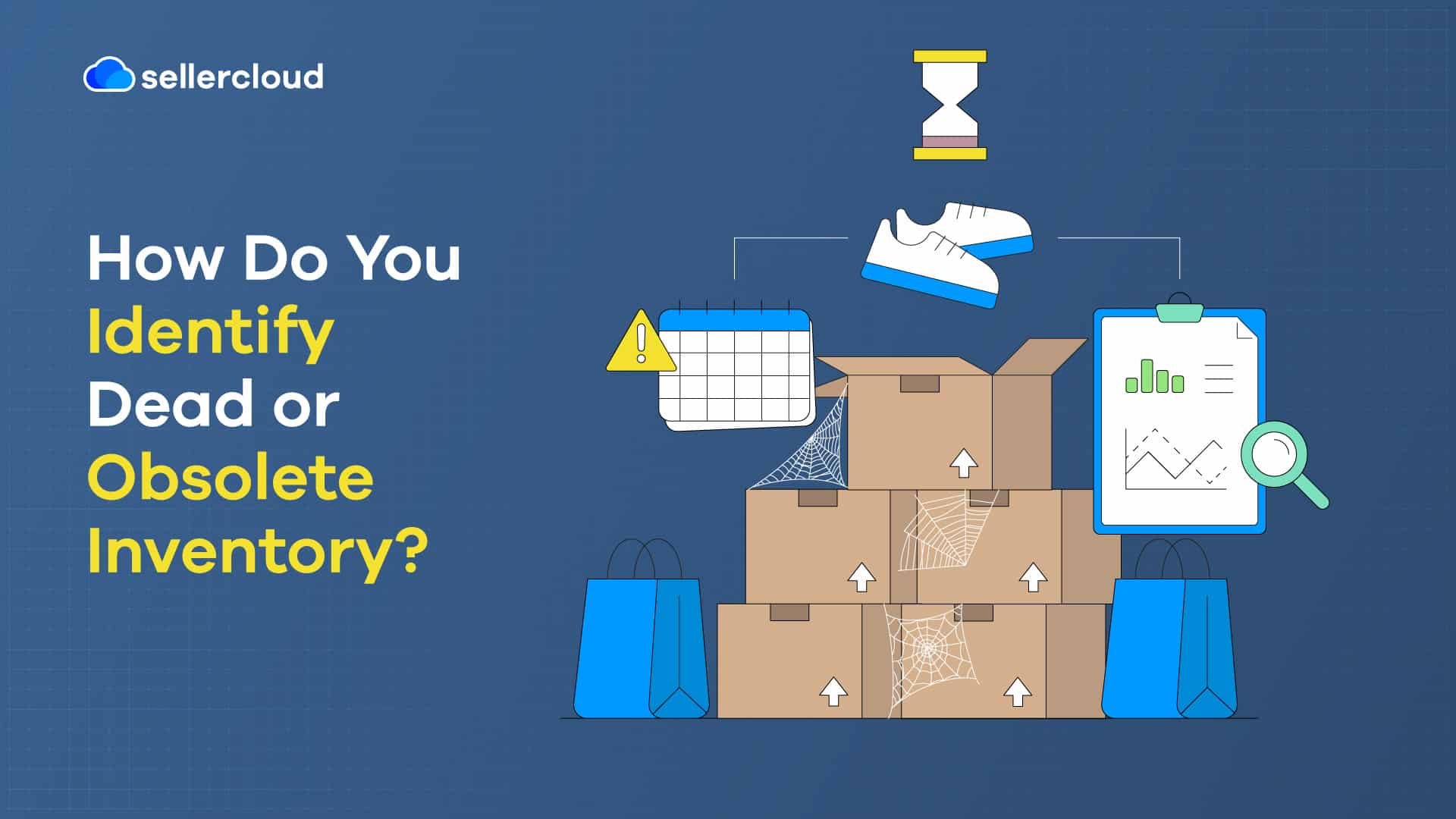
There are several ways to identify obsolete inventory. The most effective way is to analyze your sales data, showing you which products take the longest to sell (or don’t sell at all). It also helps to monitor product life cycles. If a product is known to expire after a certain period, you can set alerts when a product is reaching that point.
You should also do manual audits every so often. Doing so, you may uncover some obsolete products that have gone unnoticed. Lastly, having good communication with suppliers and customers can provide some insight into where the market is going and notify you of any products that may soon become obsolete.
What Is the Time Limit for Dead Stock?
Typically, products can be considered dead stock if they haven’t left the warehouse for a year, though some companies may impose longer or shorter time limits. Different products have different life cycles and replenishment rates, which can also factor into how long it may take for a product to be considered dead stock.
Ideally, you should act on aging stock before it reaches the point of being considered dead stock.
What Is Slow-Moving Stock?
We should also quickly go over slow-moving stock and how it differs from dead stock.
Slow-moving stock doesn’t leave shelves as quickly as your other stock. It has minimal customer demand and takes a long time to sell. Slow-moving stock still gets some sales, while dead stock likely gets none. However, slow-moving stock has a higher risk of becoming dead stock.
Depending on the industry you work in, you may define slow-moving stock differently. To figure out which stock is slow-moving, you should look at your historical sales data. Many experts recommend having at least six months’ worth of data to determine slow-moving items.
What Do Companies Do with Dead Stock?
Companies must find creative ways to clear dead stock from their warehouse and prevent it from recurring. Some companies donate or destroy stock that they cannot sell. In an ideal world, selling dead stock would be the best option. However, that’s not always possible.
How to Sell Dead Stock?
Most often, the best way to sell dead stock is at a discounted rate in clearance or liquidation sales. At a certain point, it is more important to cut your losses and sell dead stock at a heavily reduced rate. You will make a loss, but your dead stock will be gone.
Alternatively, dead stock can be used in kits or bundles, sold in bulk, given away as part of a promotion, or for free to new or returning customers. You can also see if it is possible to return dead stock to your supplier. Again, they may repurchase it from you at a loss, but at least it’s out of the way.
Furthermore, if dead stock is defective, you should be able to return dead stock to the supplier for free. Other ways to sell dead stock include exploring new sales channels where there may be a market for these products and reaching out to partner companies that may find a use for the dead stock.
In some cases, you may find ways to repurpose dead stock and turn it into new products that you can then sell.
How Do You Reduce Dead or Obsolete Stock?
The best way to prevent dead stock is to monitor their age. Using software, inventory managers can calculate how long products have been on their warehouse shelves and take proactive steps to offload this stock.
You should also practice FIFO (First-In-First-Out) when fulfilling orders. FIFO is the practice of shipping inventory that has been in the warehouse the longest before shipping newer arrivals. This practice can help mitigate some of the problems related to inventory aging and reduce the chance of inventory obsolescence.
Improving your inventory forecasts can also prevent you from ordering too much stock, as can improving your inventory management practices.
Lastly, consider offering a concise variety of SKUs. While it’s good to give customers options, selling too many similar products can result in sales cannibalization, which is where customers prefer one product over another, leaving the less popular varieties to build up in number.
What Is an Inventory Obsolescence Policy?
Establishing an inventory obsolescence policy is another way to reduce the possibility of dead stock. It outlines how to identify obsolete inventory and set criteria for when inventory should be classed as obsolete, such as setting an expiration date and ideal rate of demand.
Next, your obsolescence policy may outline what to do with the obsolete inventory. For example, you may calculate a lower price to sell the product to entice sales and speed up the removal of potential stock, or write it off completely.
Why Is Descartes Sellercloud the Best Way to Prevent Dead Stock?
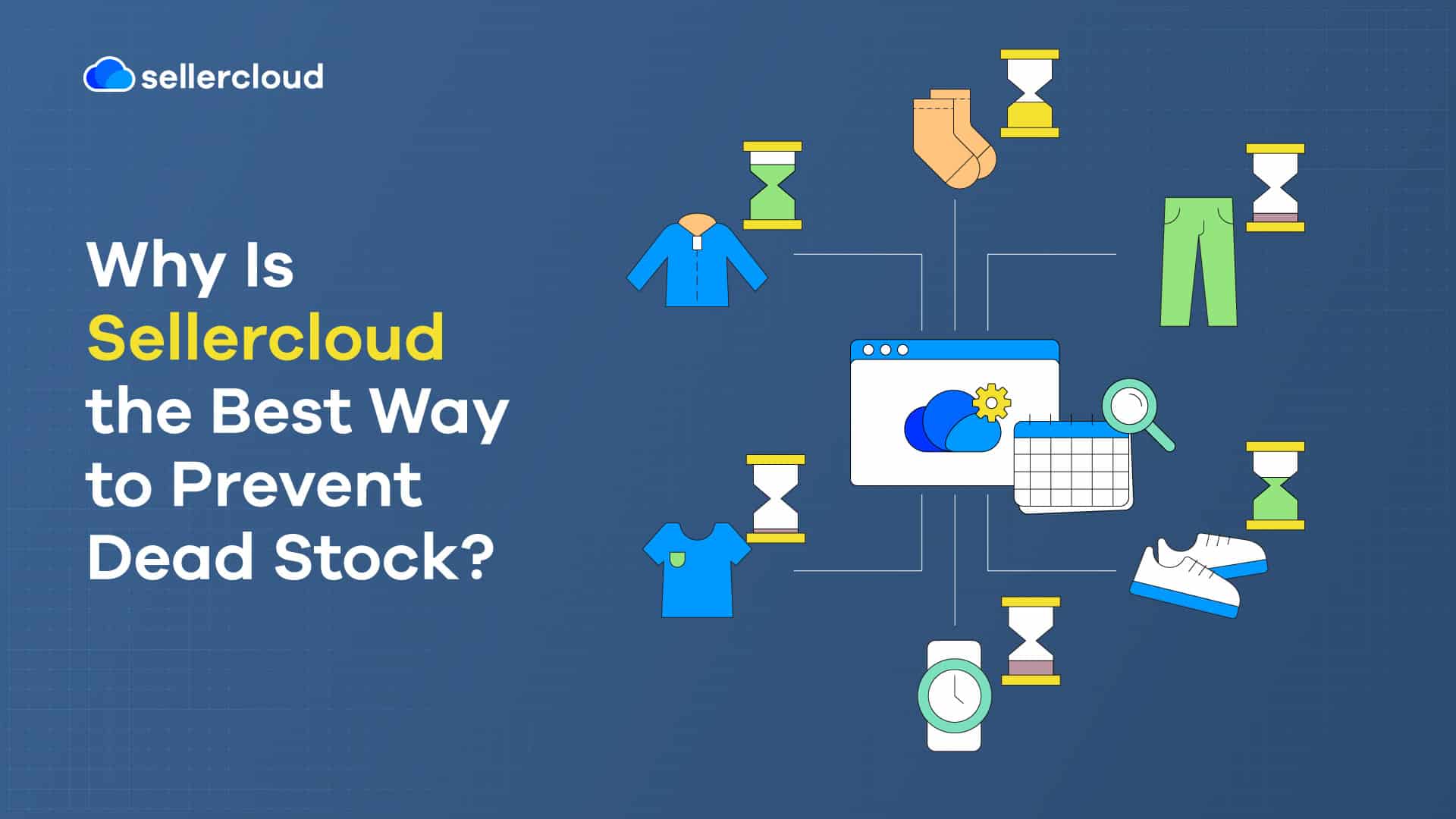
Descartes Sellercloud’s omnichannel growth platform comes packed with features that help merchants better handle their inventory and prevent common challenges, such as dead stock.
One of the best ways to halt the accumulation of dead stock with Descartes Sellercloud is its Inventory Aging Report, which analyzes the estimated age of your inventory based on what you have previously received. The Inventory Aging Report makes it easier to identify your slowest-moving products that are most at risk of becoming obsolete.
Merchants can then focus their attention on reducing this stock. As an added benefit, you will also be more aware of the costs associated with your aging inventory. Furthermore, merchants can also utilize Descartes Sellercloud’s predictive purchasing feature to reduce the possibility of overbuying.
On top of that, eBay sellers can create and manage Promoted Listings from their Descartes Sellercloud catalog to manage their discounts and prices and clear soon-to-be dead stock from their inventory quickly.
Want to learn more about how Descartes Sellercloud can help companies prevent dead stock? Book a demo today and find out what we can do for you.
Key Points
You now know how to deal with dead stock and prevent it from happening at your warehouse. Remember these key points.
- Dead stock is inventory that has become obsolete and is no longer sellable. This happens when products become unfashionable or are no longer technologically useful.
- Dead stock is expensive to store as it loses value, takes up vital storage space, and is more likely to break and expire.
- Analyzing historical sales data can help companies identify dead stock. Monitoring product life cycles and carrying out occasional audits also helps.
- Companies can reduce dead stock by holding liquidation or clearance sales, donating it to charity, selling it back to suppliers, offering it to partners, or repurposing it into new products.
- Descartes Sellercloud’s inventory aging report keeps track of the estimated age of inventory so merchants can prevent dead stock from accumulating.



